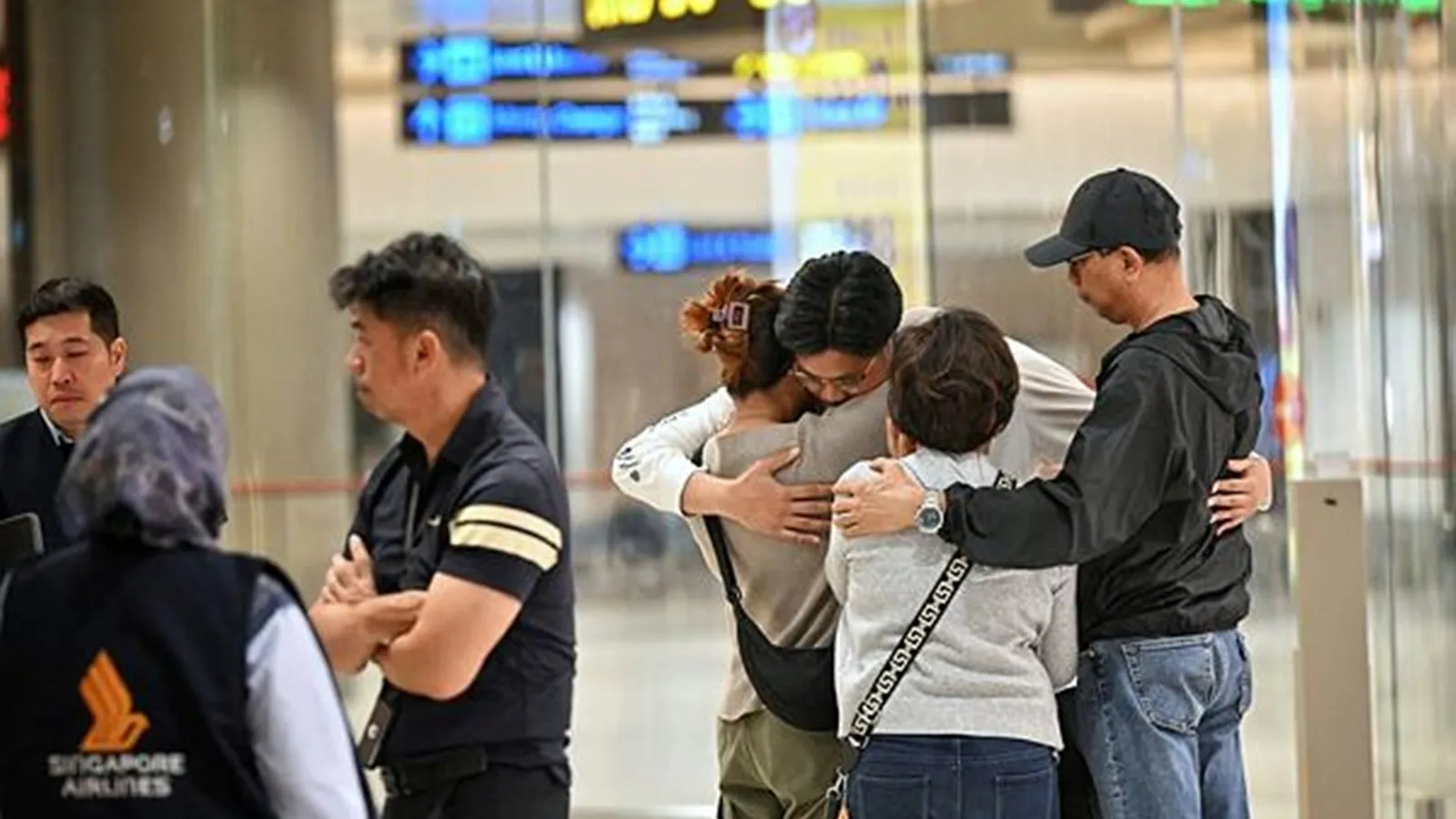Nearly 10 hours into the journey, a Singapore Airlines flight from London to Singapore encountered severe turbulence, resulting in one passenger fatality and multiple injuries.
The aircraft, a Boeing 777-300ER, was diverted to Bangkok due to the emergency. Officials reported a total of 30 injured individuals, including both passengers and crew members. Among them, 18 were hospitalised and another 12 received medical attention. Thankfully, the remaining passengers and crew were evaluated and treated as needed at Bangkok’s Suvarnabhumi International Airport.
Details surrounding the deceased passenger are limited. Authorities confirmed a 73-year-old British man passed away onboard, according to AP, due to a suspected heart attack. His wife was also hurt in the turbulence and taken to a hospital for treatment.
How can a heart attack occur during turbulence?
The reported incident of a man dying of a heart attack during turbulence on a Singapore Airlines flight can be understood through several factors, according to Dr Praneeth Polamuri, consultant cardiologist, CARE Hospitals, Banjara Hills, Hyderabad.
– Stress and Anxiety: Turbulence can cause significant stress and anxiety, which can elevate heart rate and blood pressure, potentially triggering a heart attack, especially in individuals with pre-existing heart conditions.
– Physical Strain: The physical jostling during severe turbulence can strain the cardiovascular system, exacerbating underlying issues and leading to cardiac arrest.
 What should be the immediate first aid if a person is undergoing a heart attack during turbulence? (Source: Getty Images/Thinkstock)
What should be the immediate first aid if a person is undergoing a heart attack during turbulence? (Source: Getty Images/Thinkstock)
What are the other health issues caused by turbulence?
Dr Polamuri said turbulence can also cause several other health problems like:
1. Anxiety and Panic Attacks: The fear and uncertainty during turbulence can lead to severe anxiety and panic attacks.
2. Physical Injuries: Passengers can be thrown around if not properly secured, leading to:
– Broken bones
– Head injuries
– Lacerations
3. Motion Sickness: Increased movement can cause nausea and vomiting.
What should be the immediate first aid during turbulence?
If your plane is ever in a situation like this, here is some immediate first aid you can provide to yourself and those around you, as per Dr Polamuri.
For a Heart Attack:
1. Ensure Safety: Ensure the person is seated with their seatbelt fastened.
2. Call for Help: Alert flight attendants and ask if there are medical professionals on board.
3. CPR: If the person is unresponsive and not breathing, start CPR immediately.
4. Use an AED: If the aircraft has an Automated External Defibrillator (AED), use it as instructed.
5. Calm and Comfort: Keep the person calm and as comfortable as possible until the plane can land.
For Injuries:
1. Stabilise: Keep the injured person as still as possible.
2. Stop Bleeding: Apply pressure to any bleeding wounds.
3. Secure Fractures: Use makeshift splints to secure broken limbs.
4. Monitor Condition: Continuously monitor the person’s condition and provide reassurance.
You can also familiarise yourself with the location of emergency equipment on the plane. Do follow the instructions of the flight crew at all times during an emergency.



